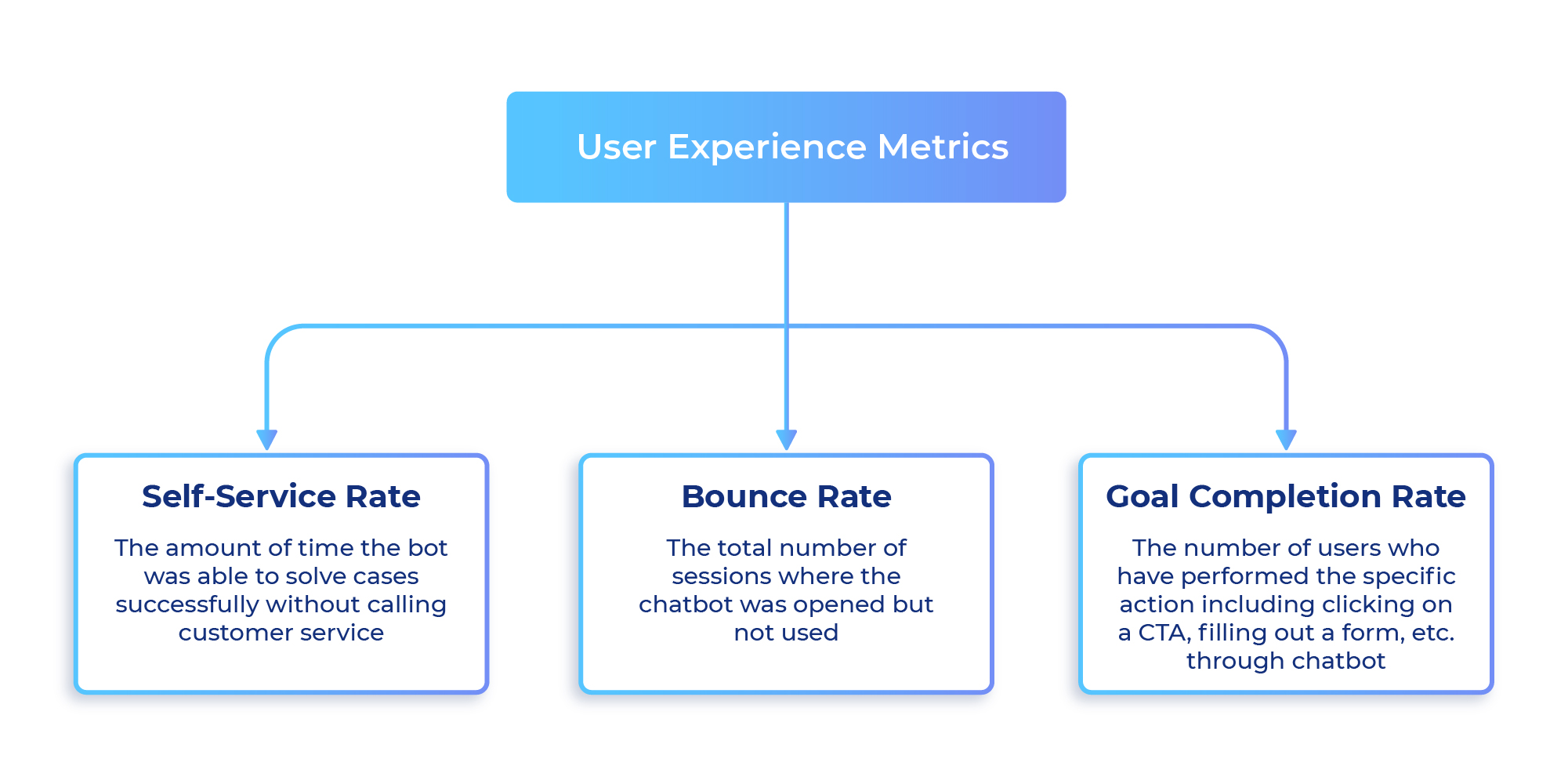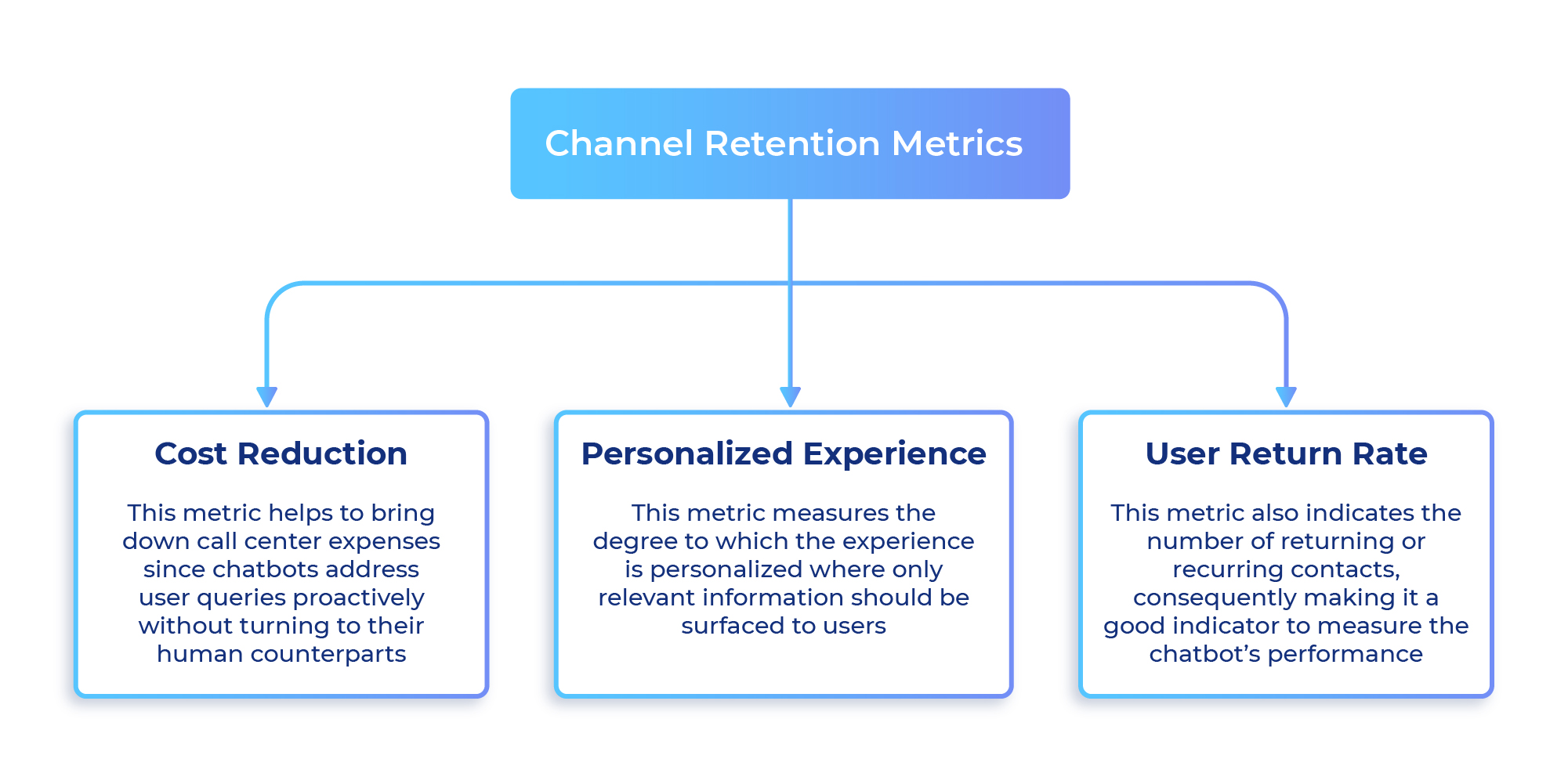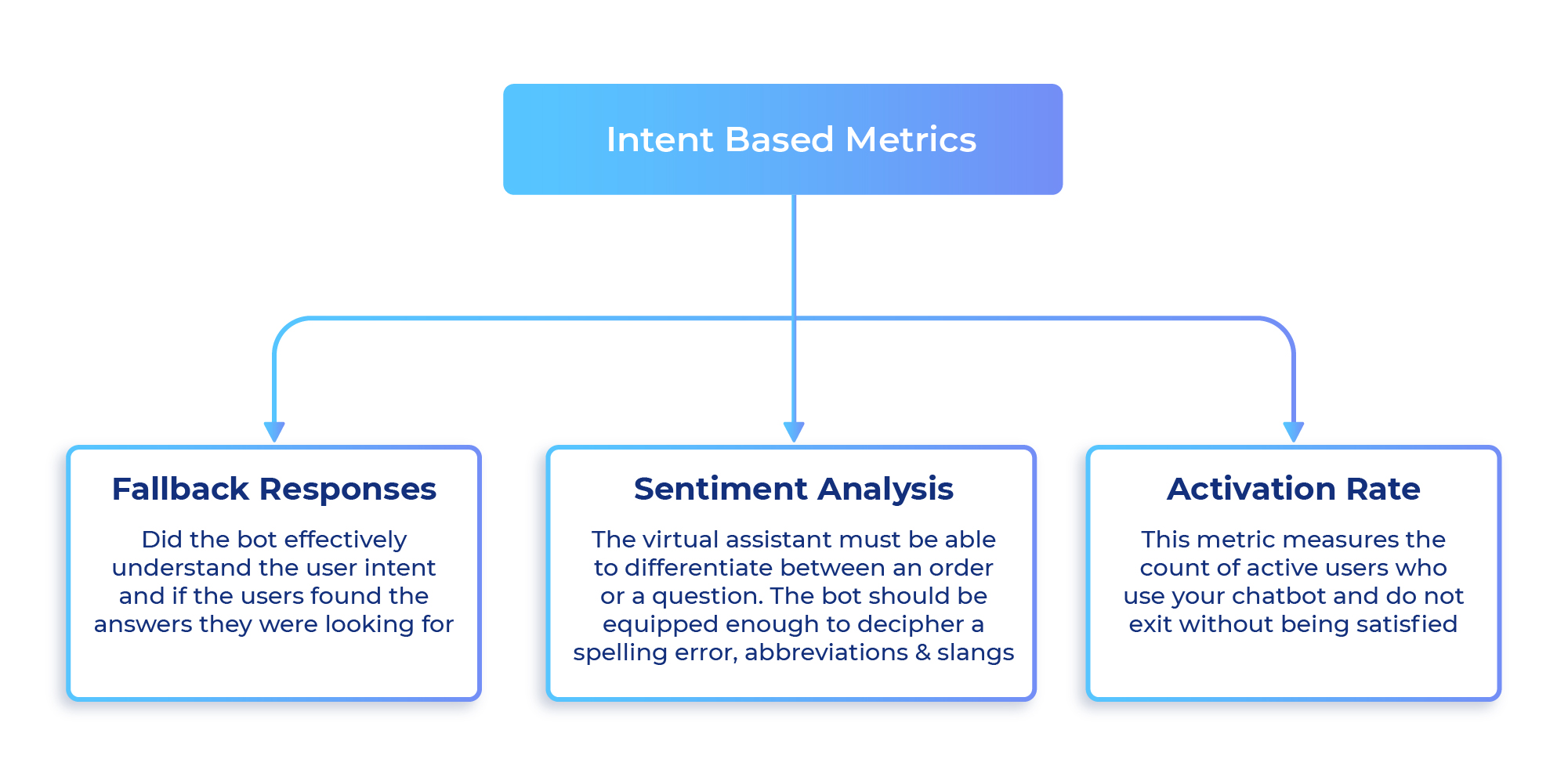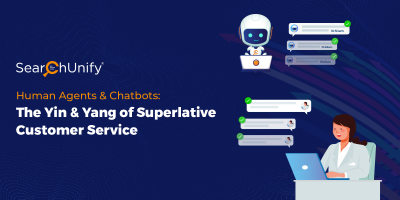
By 2023, 40% of all customer interactions will be automated through AI and machine learning. – Gartner
Chatbots are revolutionizing digital automation and becoming one of the main channels of communication between a customer and a business. Whenever a prospect lands on your page, the first point of interaction they have, in all probability, is with a chatbot. Once they become a customer and visit your help center or community looking for any help or to report an issue, the fist interaction they have, in all probability, is again with a chatbot.
The questions that arise are – In the times when customer experience ranks above everything else, are chatbots really up to snuff? Do these conversational agents positively impact business outcomes?
A chatbot should aim to equip your business with effective digital interactions that facilitate reimagining customer experience. Goes without saying, for the chatbot to be a success, it must be the right fit for your organization. Creating a human-centric model that meets customer demands and expectations is only the beginning. You have to consistently track the chatbot’s performance. Why do you need to do so, and how you can? This blog post answers these questions. Read on.
Why Does Chatbot Analytics Matter?
Chatbots are not something that you can just “set and forget”. For you to understand how your chatbots are performing and helping you achieve your goals, it is important to understand the key chatbot metrics. Here are a few valuable insights you can get out of the chatbot analytics:
1. Customer Satisfaction
Quantitative metrics provide valuable insight into how a chatbot is contributing to meet your business goals and providing a seamless customer experience – the key driver to gain that competitive edge. Once the user is sold, the overall engagement of your business starts to spike up. But, if not done right, deploying chatbots for your support success can prove to be a bummer.
2. Business ROI
McKinsey found out that organizations that employ chatbots save up to 29% on customer service.
The benefits that a bot generates are measured by estimating the total cost involved including the cost and time taken to resolve an issue, the number of leads that were created, and then comparing it to other channels.
3. Chatbot Effectiveness
It’s a no-brainer that with the right KPIs and analytics you can not only measure the chatbot efficacy but also derive maximum value from its deployment.

The Ultimate Guide to 5 Essential Chabot Metrics You Must Track
Chatbot analytics helps you understand the effectiveness of your chatbot and improve it. Here are the top 5 KPIs that you should be monitoring to gauge it:
1. User Experience Metrics
The true value of chatbots is determined when they quickly provide relevant answers; thus deflecting a possible case creation. To get a meaningful measurement, it’s imperative to know whether or not they were able to resolve user queries without feeling the need to escalate the case. It can be implemented using a binary variable, like – ‘Were the responses clear?’ – ‘Yes or No’. This would capture the effectiveness of the chatbot, provided directly by the user.

2. Conversation Metrics
One of the most critical evaluation criteria, conversation metrics takes into account multiple considerations like human vs chatbot interactions, conversation length, and fallback rate among other things. To start with, it evaluates the rate at which the chatbot interactions escalate to a human agent, which could be due to varying reasons. But if the support agent handoff rate increases, it’s about time you started looking into and analyzing those reasons.

3. Task Success Rate Metrics
According to Harris Poll, 73% of people wouldn’t use a brand’s chatbot the second time if something went wrong the first time.
Chatbots these days can scour multiple repositories to deliver solutions and information to distressed customers. Task success rate metric measures the number of cases that were effectively solved against the number of cases that had to be escalated to a human agent. Using this metric, you can also monitor user satisfaction, error rate (if any), and effective gauging of user intent.

4. Channel Retention Metrics
A chatbot bridges the gap across multiple silos to provide you with the most relevant answers and personalizes your customers’ experience at the same time. This is exactly what the channel metrics seek to measure. Amongst important considerations are – Cost Reduction, Personalized Experience, and User Return Rate.

5. Intent-Based Metrics
If you wish to make chatbots an indomitable part of your customer support strategy, then your prime focus should be on understanding the intent. The intent or sentiment analysis helps to identify the point of friction in a user experience. This metric is necessary to gain a deeper insight into user behavior and also categorize messages as positive, negative, or neutral.

EndNote
Chatbots, today, have become an indispensable part of an organization’s support strategy. Chatbot analysis is a powerful tool that helps deliver effortless and more intelligent customer solutions by evaluating the performance of your virtual assistant. The best (right) indicators, nonetheless, might differ for every organization. They must correlate to your business goals, users, and area of expertise. Once you have concretized the key chatbot metrics, you can reiterate the process to fill the gaps, wherever required.
If you’d like any further assistance on a bot that best fits your organization, then this blog will serve as a guide by chalking out 8 key considerations before you adopt a chatbot.
















